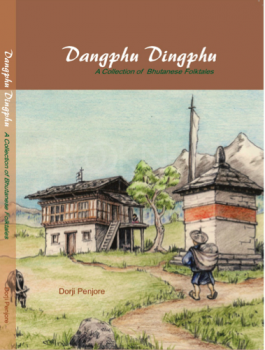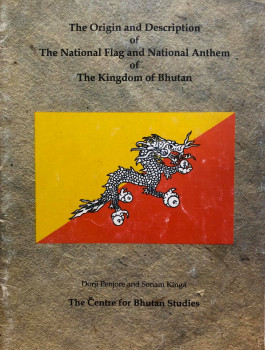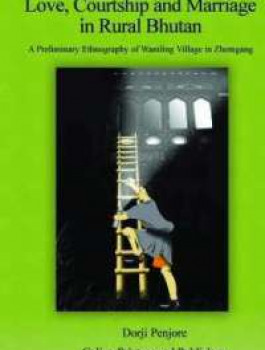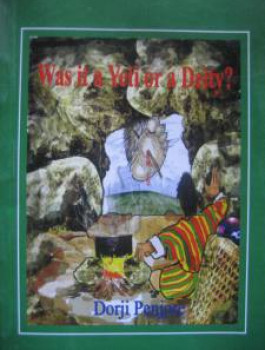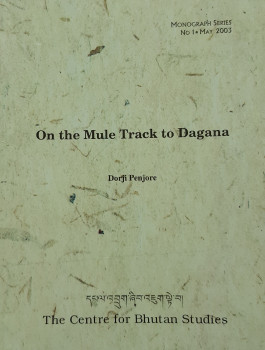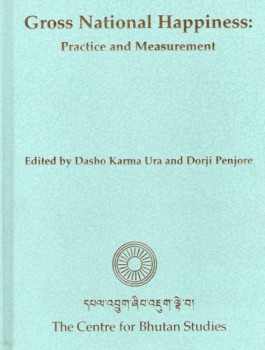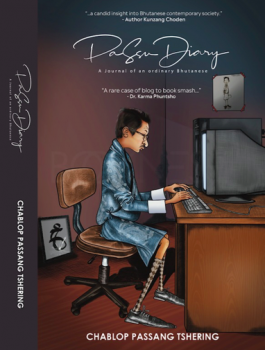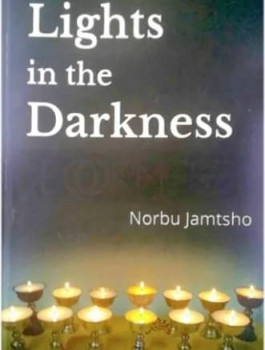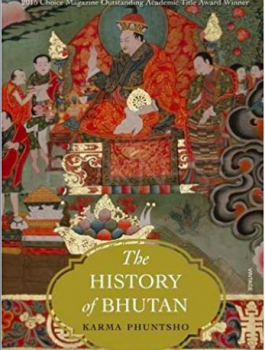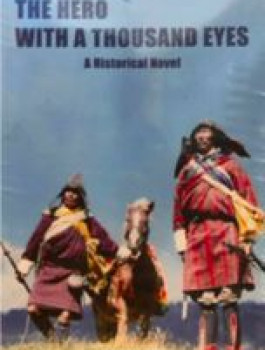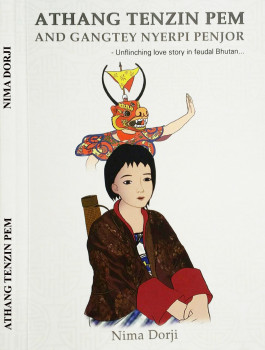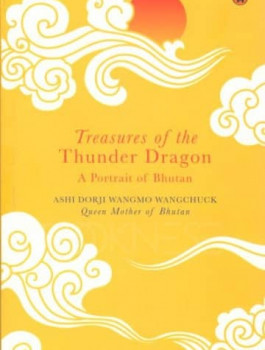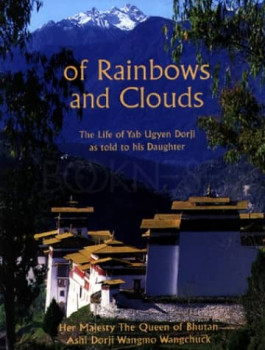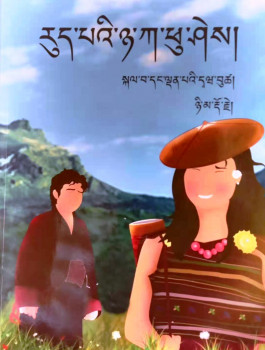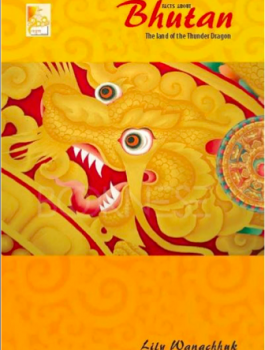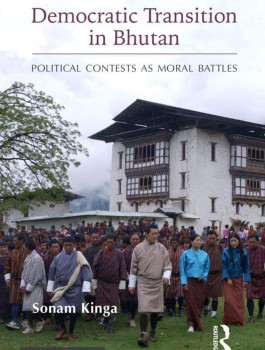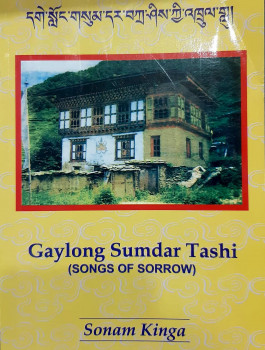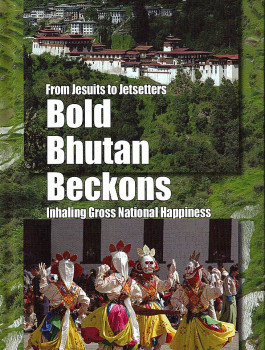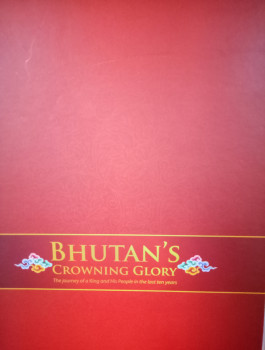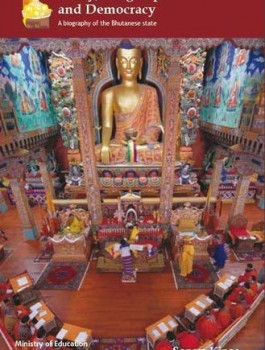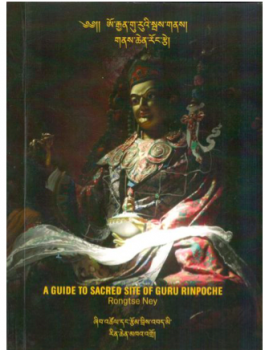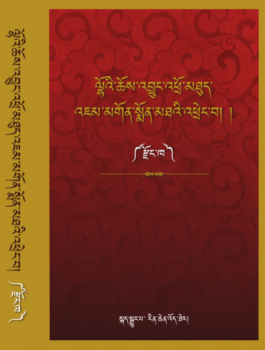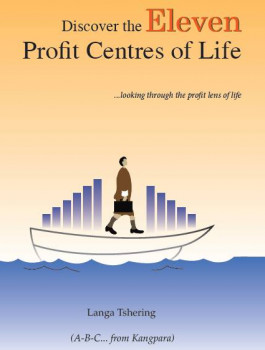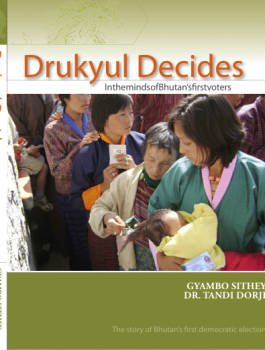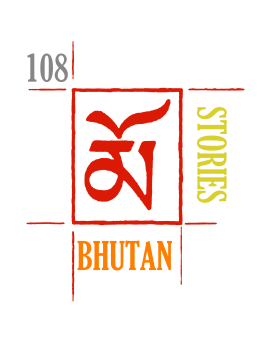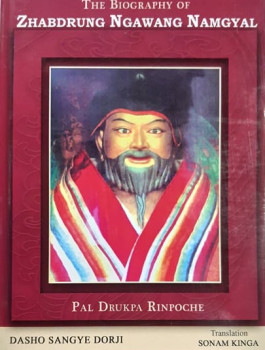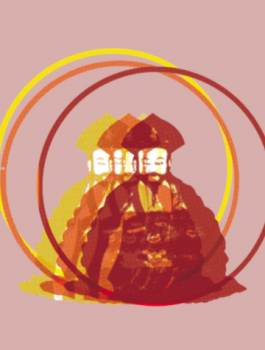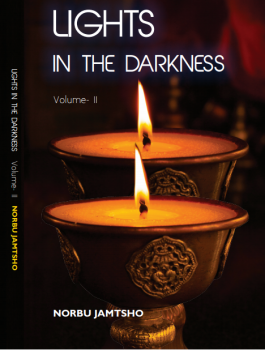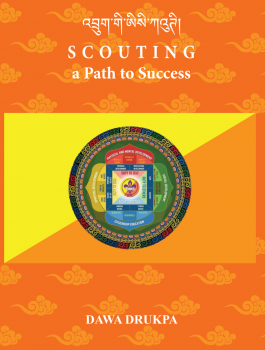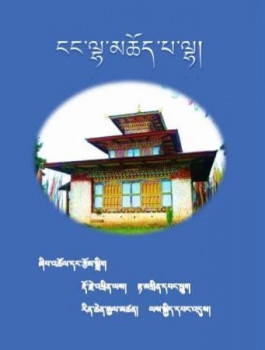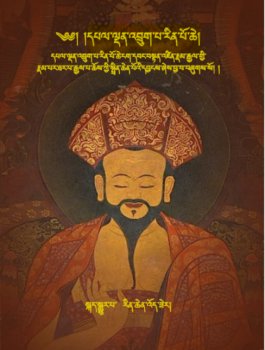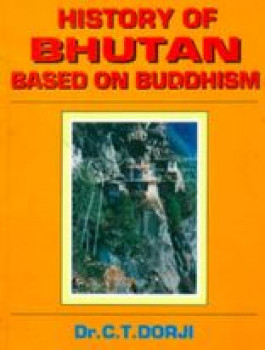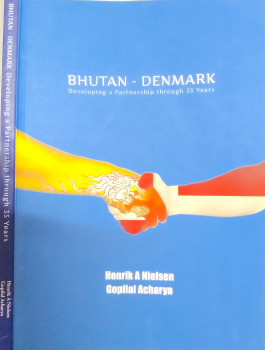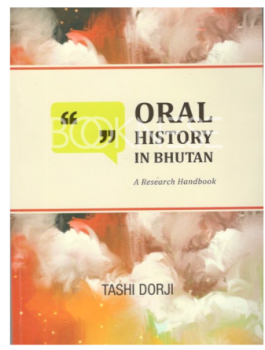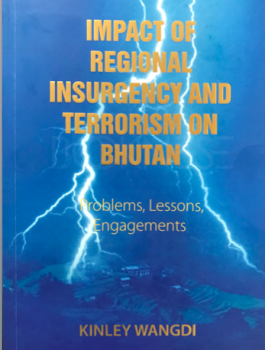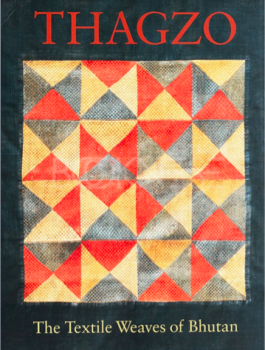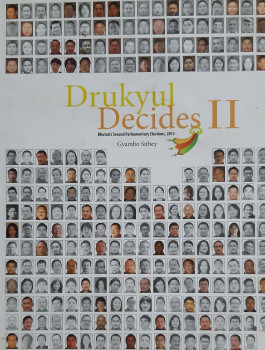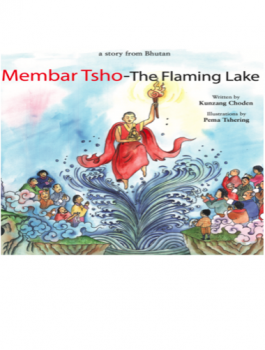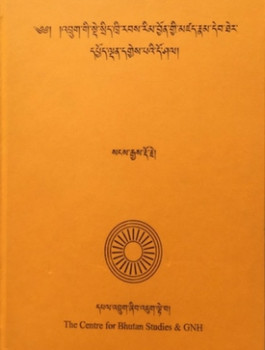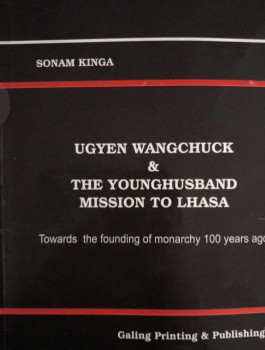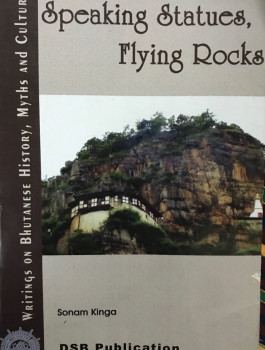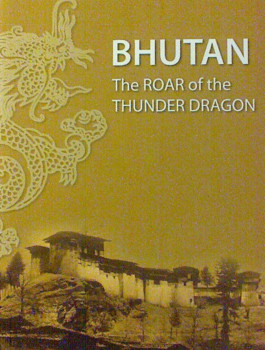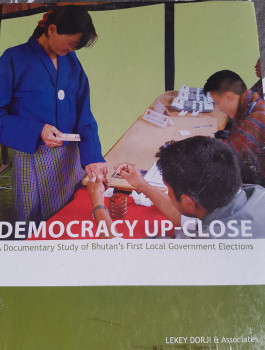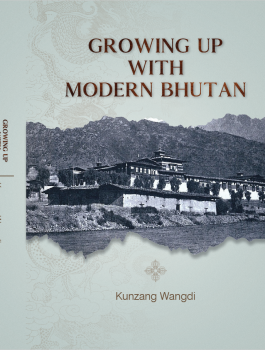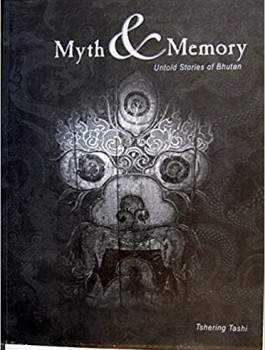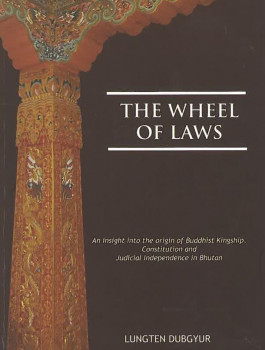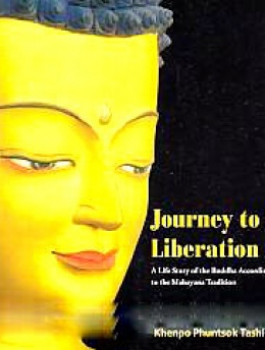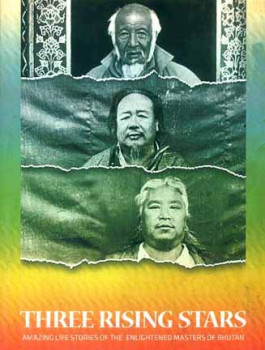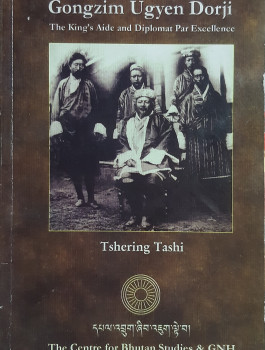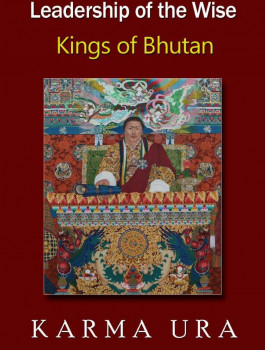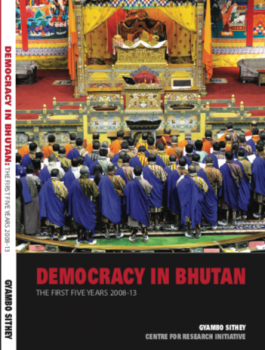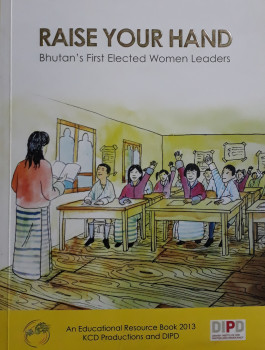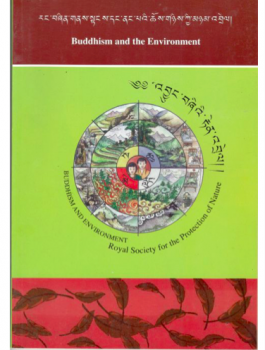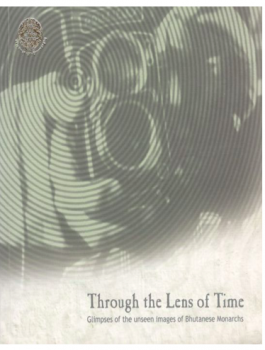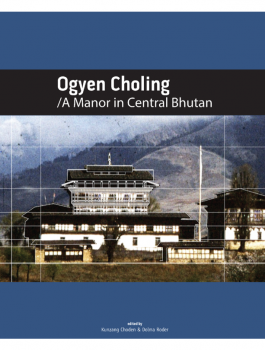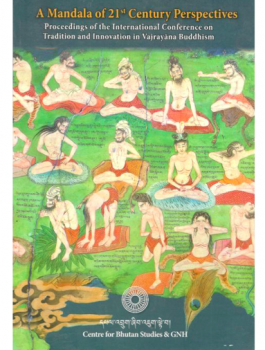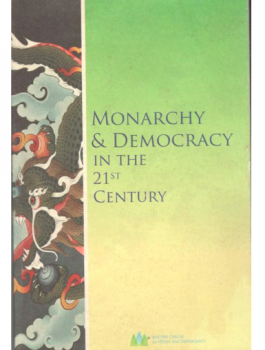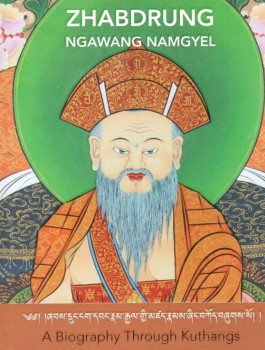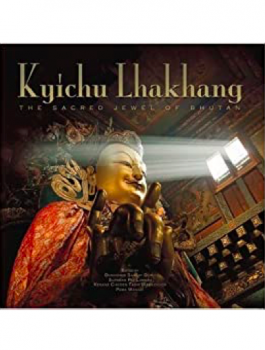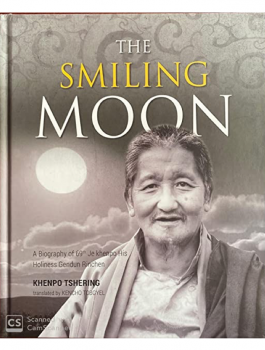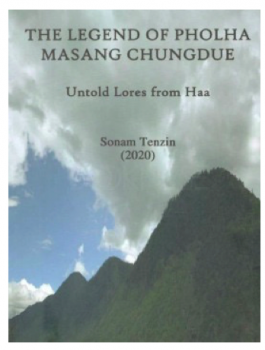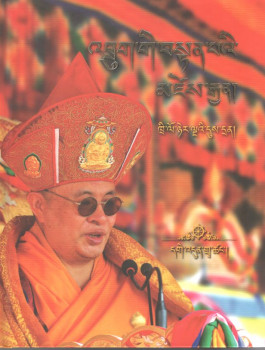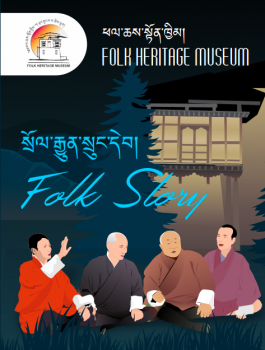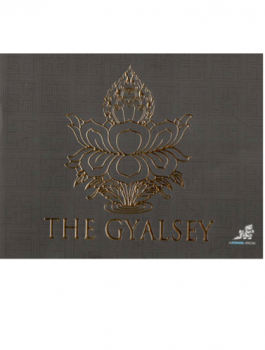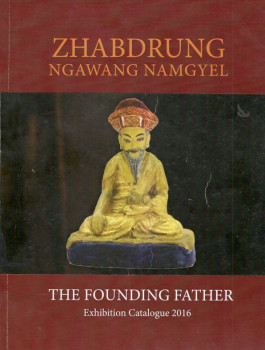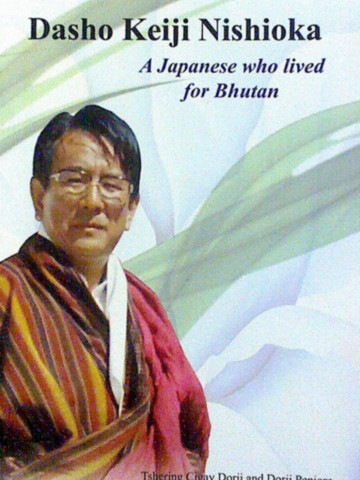
Dasho Keiji Nishioka: A Japanese Who Lived for Bhutan
(1 reviews)
| Published In: | 2011 |
|---|---|
| ISBN: | 978-99936-646-4-2 |
| Category: | |
| No. of Pages: | 131 |
Book Overview
Write a Review
Customer Reviews (1)
With no road connectivity beyond Dochula, Bhutan was geographically a hostile country back in the 60s even for the natives but a young man from Japan comes with his wife and overcomes all these difficulties as if they owe so much to this country, is like a fairy tale.
Every Bhutanese must read this book for several reasons;
1. To learn the meaning of service, humility and dedication. He was a Japanese who flew all the way to improve our lives, while we remain too absorbed in our selfish endeavours.
2. To understand what actual hardship looks like; walking two months across the country to reach the east...
3. To see how Dasho fixed the innate Bhutanese illness of being lazy
4. To recount Dasho's contributions and celebrate his life because with him the agricultural revolution took place in Bhutan; commercial farming began, the idea of vegetable market emerged, created the whole value-chain with potential to export but also we could see we haven't moved on much since then. We are still talking about the same problems that Dasho Nishioka and team faced and solved back in the 70s...
While I am so inspired by the story and acknowledge the effort the two scholars have put in to create the first tangible record of a great personality, I somehow feel a sense loss, incompleteness, a gap that's so dissatisfying... for his story to be told in just about 100 pages.
But credit to the two scholars for taking the lead. They have created a source to refer to for the future researchers and writers.
Technically, the book can be made more reader-friendly by printing on any other paper but a glossy one. I can see the it was done because there are many pictures but text and pictures can be printed separately on different types of pages.
Books By Related Authors
Nu. 300.00
The Origin and Description of the National Flag and National Anthem of the Kingdom of Bhutan
No. of Pages 44
Nu. 350.00
Love, Courtship and Marriage in Rural Bhutan: A Preliminary Ethnography of Wamling Village in Zhemgang
- By
- Dorji Penjore,
No. of Pages 212
Nu. 300.00
Nu. 300.00
Nu. 100.00
Nu. 2000.00
Books From Related Categories
PaSsu Diary: A Journal of an Ordinary Bhutanese
No. of Pages 316
Nu. 390.00
Nu. 250.00
Nu. 265.00 Nu. 198.75
Nu. 200.00
Nu. 300.00
Nu. 699.00
Nu. 220.00
Nu. 699.00
Nu. 300.00
Nu. 350.00
Treasures of the Thunder Dragon: A Portrait of Bhutan
No. of Pages 218
Nu. 499.00
Nu. 2500.00
Nu. 300.00
Nu. 300.00
Nu. 1250.00
Democratic Transition in Bhutan: Political Contests as Moral Battles
No. of Pages 350
Nu. 1495.00
Nu. 89.00
Nu. 205.00
From Jesuits to Jetsetters - BOLD BHUTAN BECKONS - Inhaling Gross National Happiness
- By
- Tshering Tashi,
No. of Pages 360
Nu. 800.00
Nu. 700.00
Polity, Kingship and Democracy: A Biography Of The Bhutanese State
No. of Pages 382
Nu. 750.00
ཨྱོན་གུ་རུའི་སྦས་གནས། གནས་ཆེན་རོང་རྩེ། A Guide to Sacred Site of Guru Rinpoche- Rongtse Ney
- By
- Rinchen Khandu,
No. of Pages 96
Nu. 499.00
Nu. 580.00
Nu. 395.00
Nu. 719.00
Nu. 499.00
Medical History of Bhutan - Chronicles of health and disease from Bon times to today
No. of Pages 355
Nu. 1100.00
The Origin and Description of the National Flag and National Anthem of the Kingdom of Bhutan
No. of Pages 44
Nu. 350.00
The Biography of Zhabdrung Ngawang Namgyal
No. of Pages 300
Nu. 480.00
The Successors of Zhabdrung Ngawang Namgyel Hereditary Heirs and Reincarnation
- By
- Riyang Books
No. of Pages 112
Nu. 399.00
Nu. 450.00
Nu. 299.00
Nu. 349.00
Nu. 370.00
Nu. 799.00
Nu. 2520.00
Nu. 500.00
Nu. 1000.00
Nu. 499.00
Nu. 900.00
Nu. 2000.00
Nu. 700.00 Nu. 140
Nu. 400.00
Nu. 1000.00
Nu. 250.00
Nu. 420.00
Nu. 1500.00
My Life- A delightful Handwritten Journal of an 8 Year Old
No. of Pages 120
Nu. 799.00
Democracy Up-close: a documentary study of Bhutan's first local government elections
No. of Pages 918
Nu. 2000.00
Nu. 0.00
Nu. 1100.00
Nu. 100.00
Nu. 450.00
The Wheel of Laws: An Insight Into the Origin of Buddhist Kingship, Constitution and Judicial Independence in Bhutan
- By
- Lungten Dubgyur,
No. of Pages 154
Nu. 540.00
Journey to Liberation: A Life Story of the Buddha According to the Mahayana Tradition
No. of Pages 246
Nu. 860.00
Nu. 650.00
Nu. 599.00
Nu. 599.00
Nu. 850.00
Nu. 1000.00
Nu. 200.00
Nu. 1200.00
Nu. 1700.00
Nu. 450.00
Monarchy and Democracy in the 21st century
No. of Pages 211
Nu. 950.00
Nu. 1280.00
Nu. 1000.00
Nu. 1500.00
Nu. 349.00
Nu. 1.00
Nu. 350.00
Nu. 1.00
Nu. 500.00

